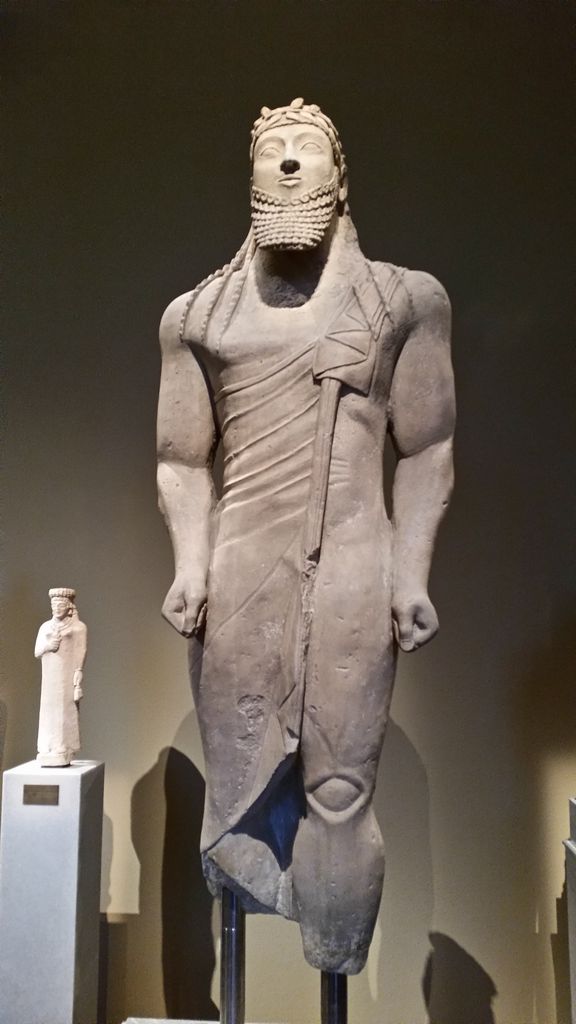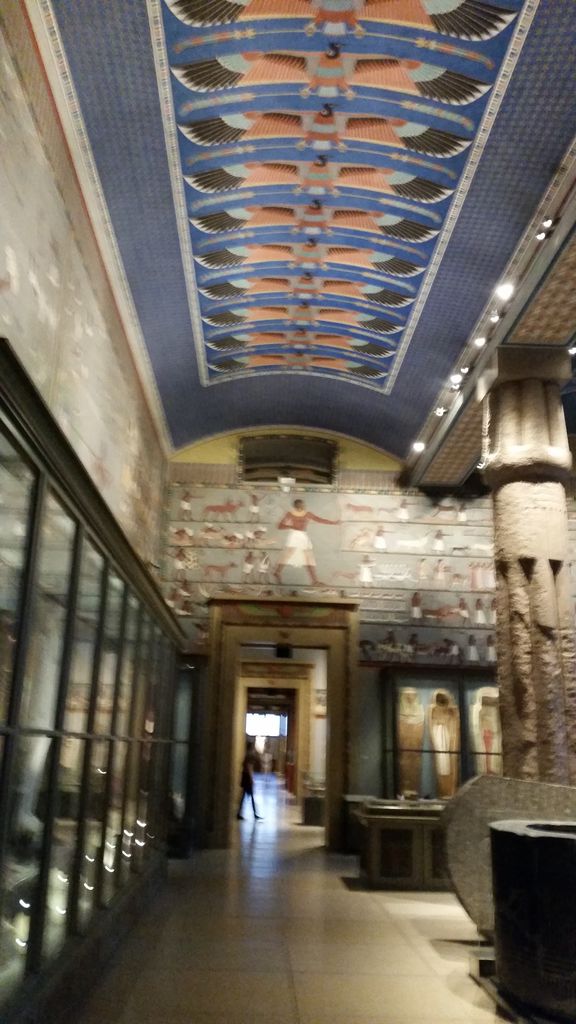There is a very nice collection of largely Egyptian (and Sumerian) artifacts in the Kunst Museum, including a recreation of the ceiling and feeling of an Egyptian royal tomb, in the room see above.
Hieroglyphics are always interesting and here is a stele about an Egyptian priest of the god Ptah.
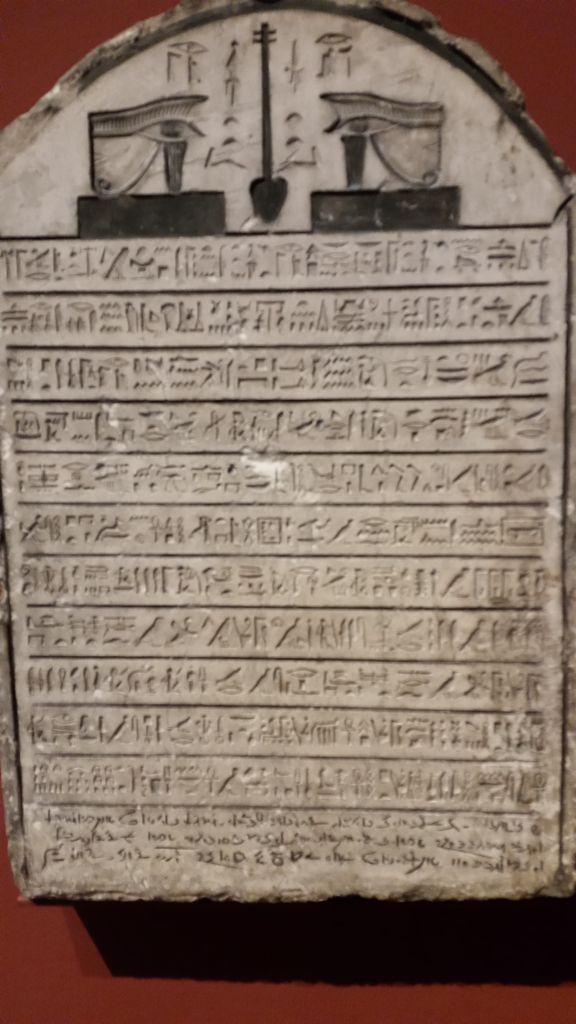
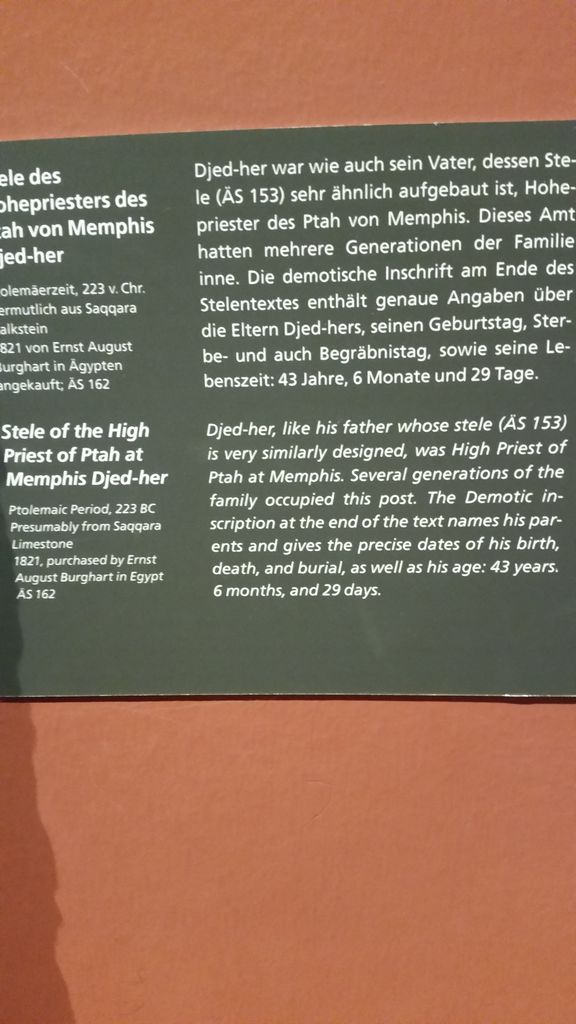
There is in addition a sarcophagus of a priest as well of black onyx, inscribed almost everywhere.
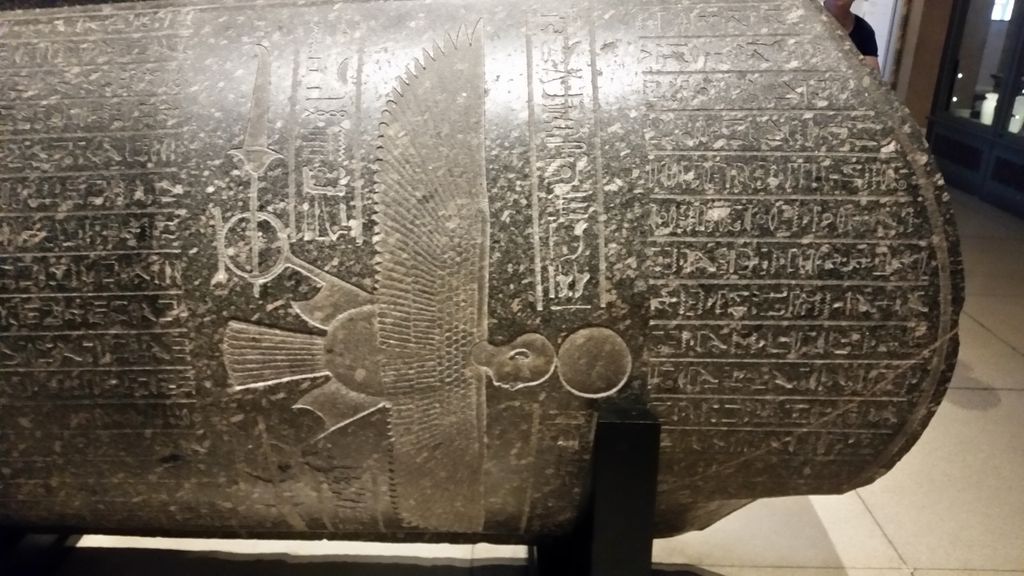
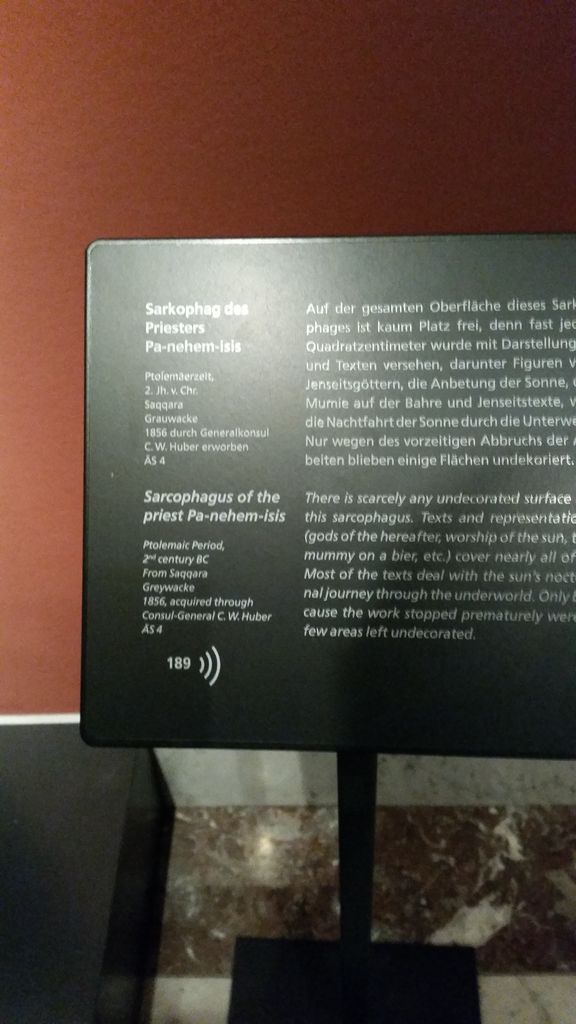
Here we have perhaps the oldest manuscript in all of the museum, from the 13th century B.C. the time of the Pharaoh of the Exodus, Ramses,
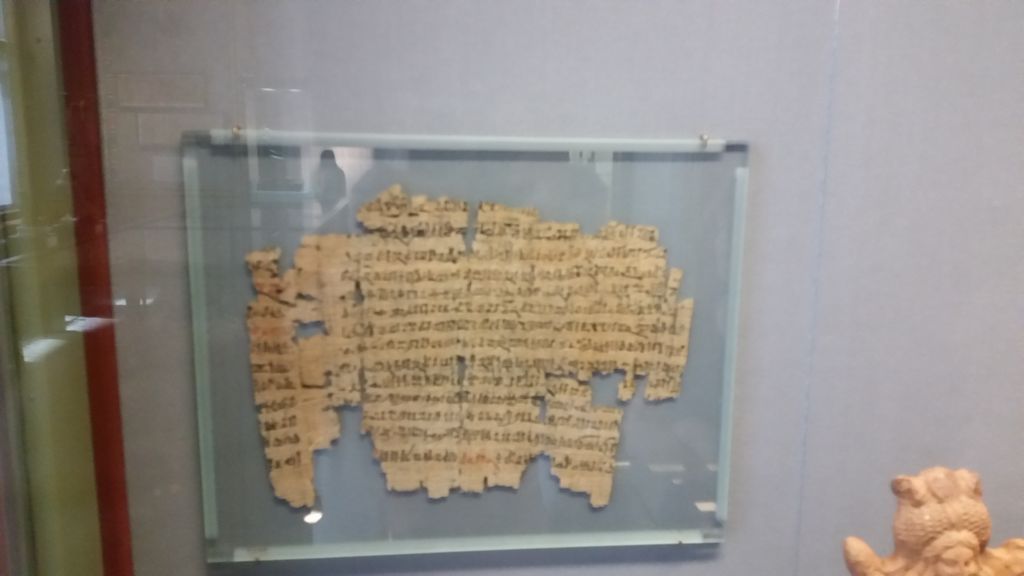
There were two Egyptian languages, demotic and hieratic, and after the time of Alexander they tended to be rendered not in hieroglyphics or some primitive Egyptian script, but in Greek. This text which went with the Horus stele, is in fact in the original Egyptian language, which would have been spoken, for example to Moses when he confronted the Pharaoh somewhere around 1290 B.C.
Here is a nice onyx statue of a young Pharaoh, with his ceremonial (not real) beard.
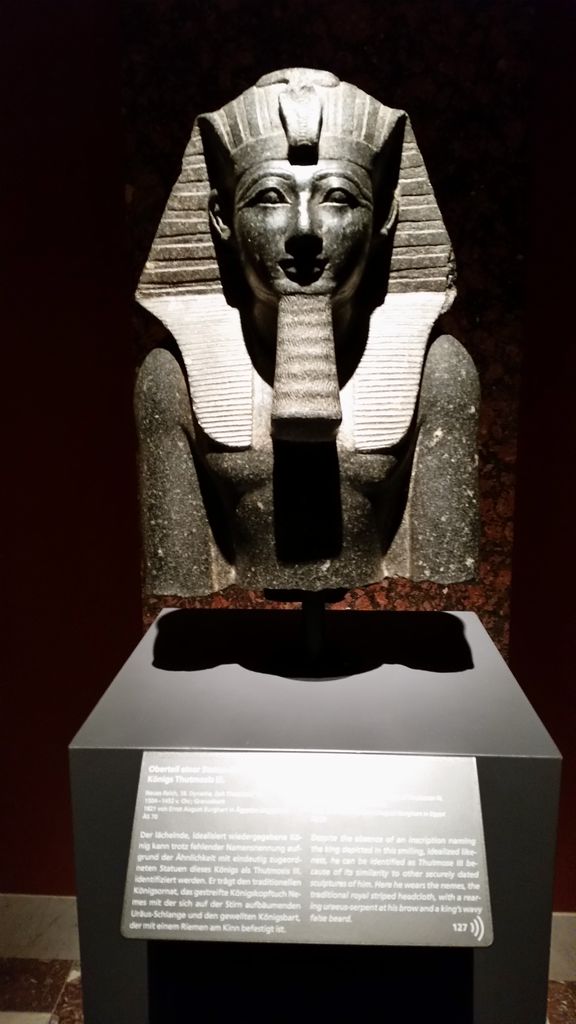
Speaking of sarcophagi here is a spooky one….. you can learn a lot about a culture’s religion from its burial rites.
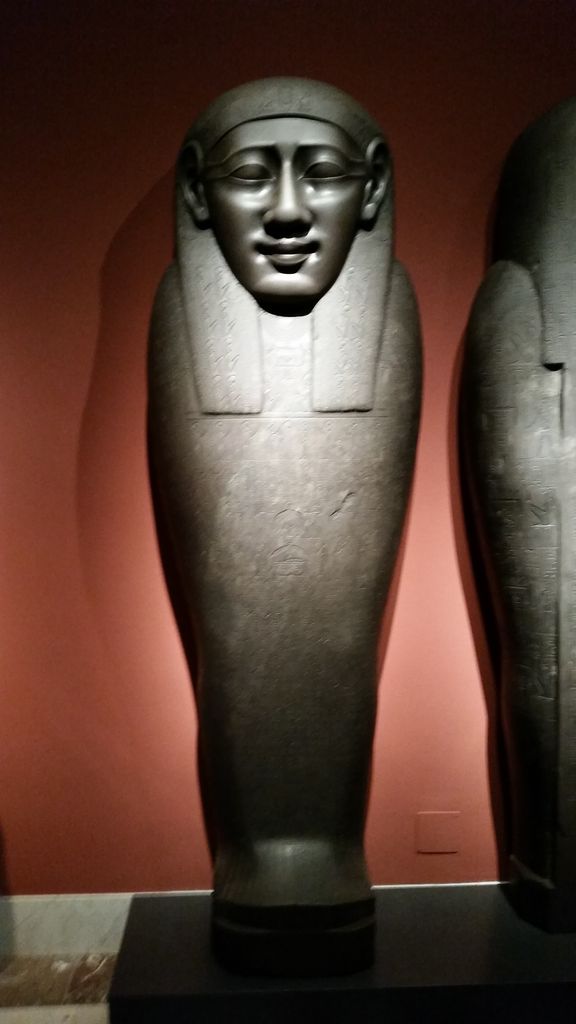
The Egyptians had the most elaborate and detailed theology of the afterlife and here is a helpful summary….
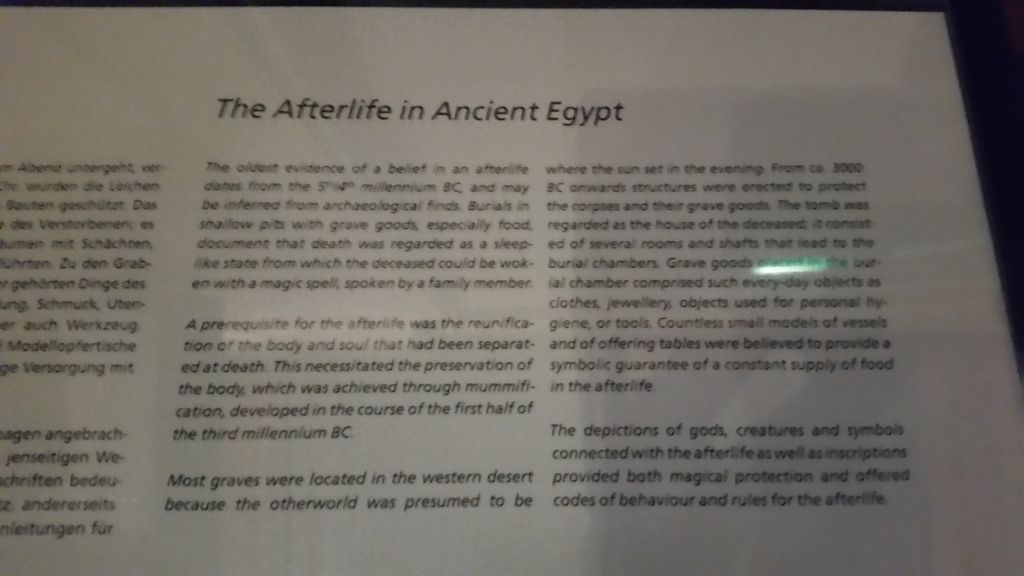
Just to be clear, the Egyptians did not believe in resurrection as Biblically understood, and it is absolutely false to suggest the Biblical idea was derived from Egyptian religion, which affirms belief in another world, that is just like this world without its defects. It is a world where you still need material things, hence the burial of Pharaohs with everything imaginable, including food. Of course the mummification process was meant to preserve the internal organs taken out of the body, pickled and put in canopic jars, as well as the bones and flesh of the deceased. The problem was that the priest who performed such procedures thought the stuff inside the head was like mucus or goo, and so they sucked it out of the skull and threw it away. In their view the heart was the center of thought, feelings and will. So one could say the Egyptian view of the afterlife was a no brainer. 🙂
Here is a nice collection of Egyptian jewelry made of things like lapis lazuli, the bluish stones, not to mention jade, and other precious stones. 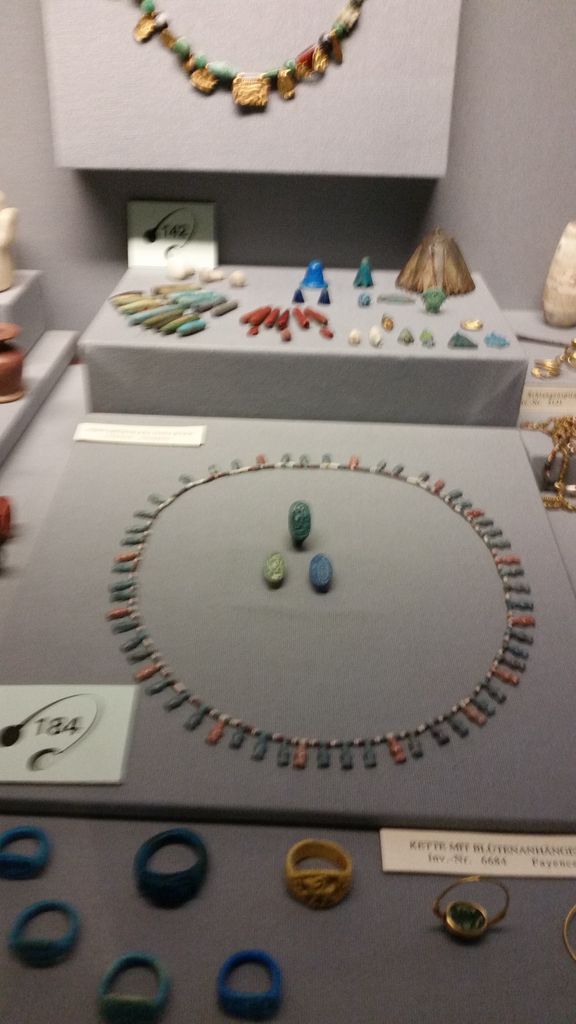
Here is a nice relief of an Egyptian noble woman, perhaps a royal family member, with her bronze mirror, which helped her to look as nice as she does. 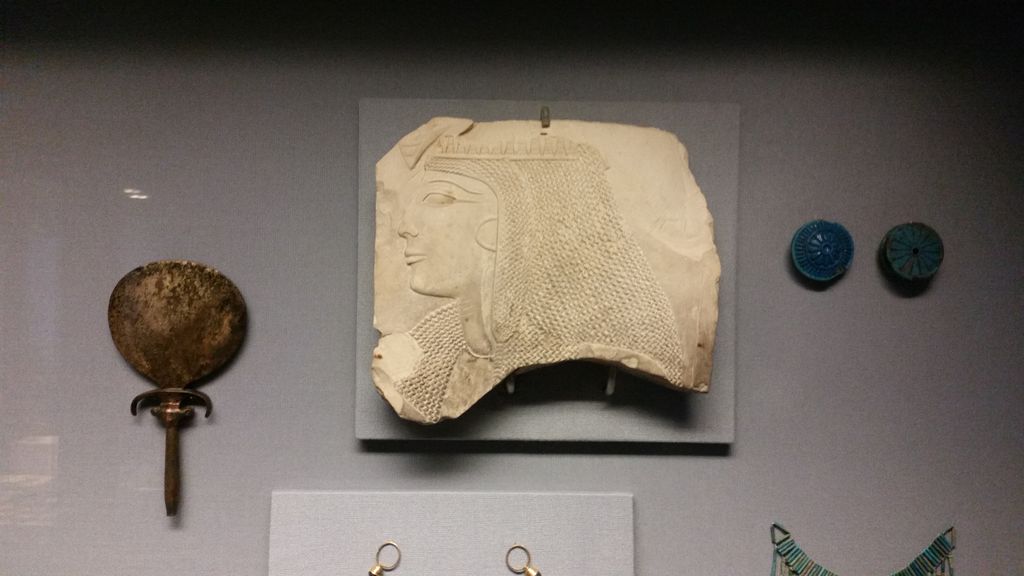
Here is a nice collection of cylindrical seals. The seals were created by carved little cylinders which were then rolled across the soft clay materials also seen here.
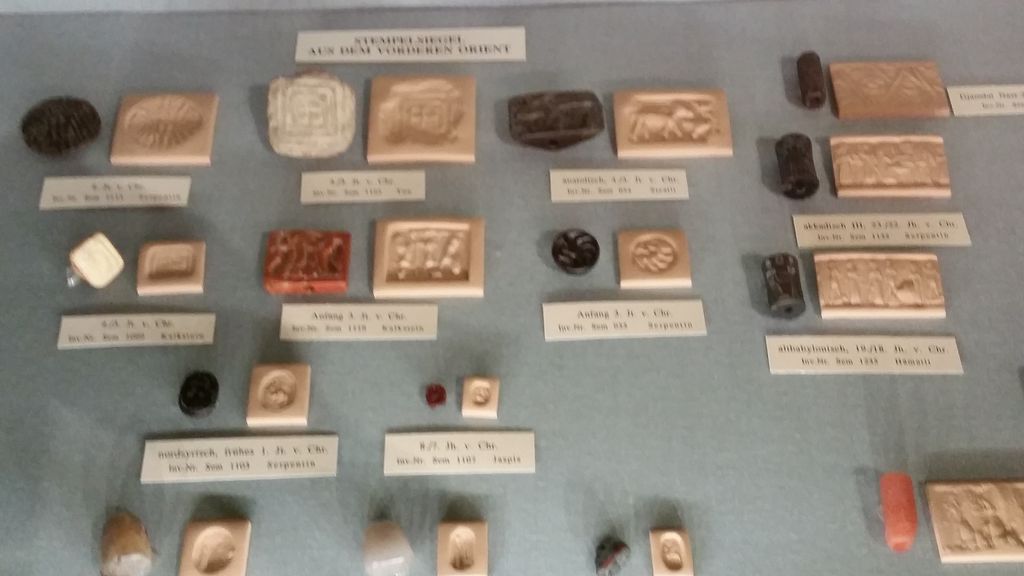
Here are two nice collections of hand lamps, which were used throughout the Ancient Near East, and of course in the Greco-Roman world as well.
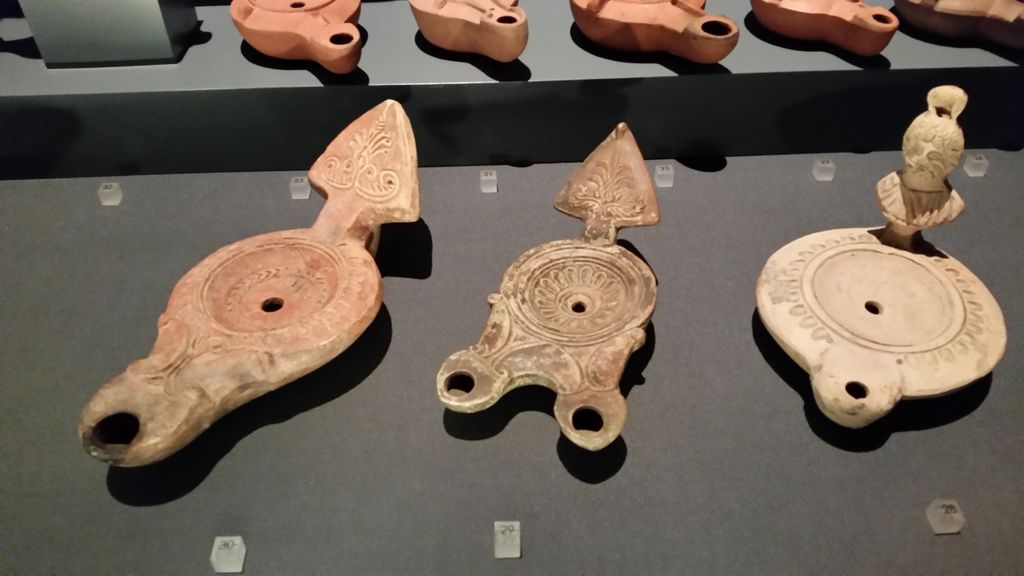
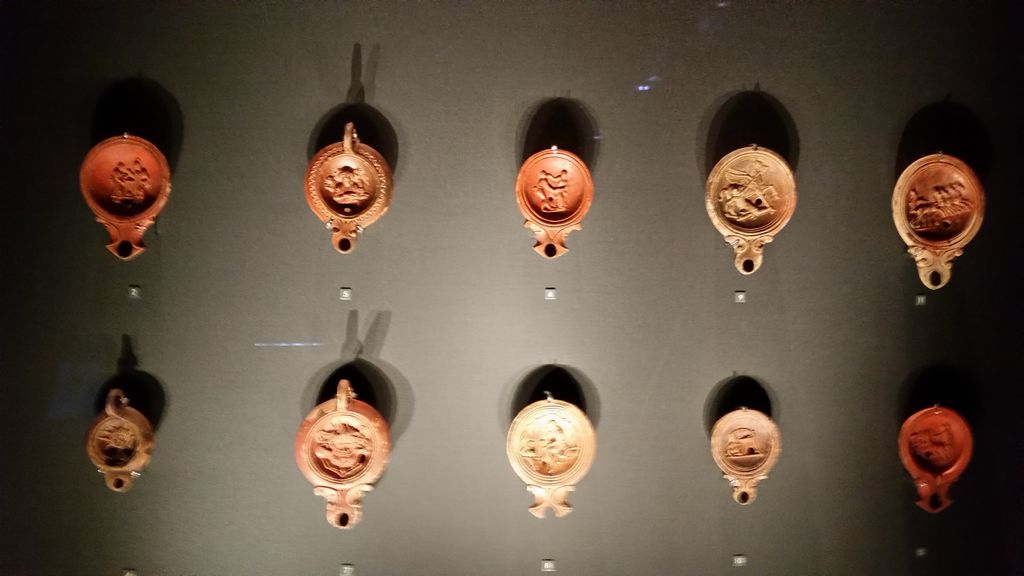
And finally here are some nice Sumerian cuneiform tablets with their typical wedge shaped writing. 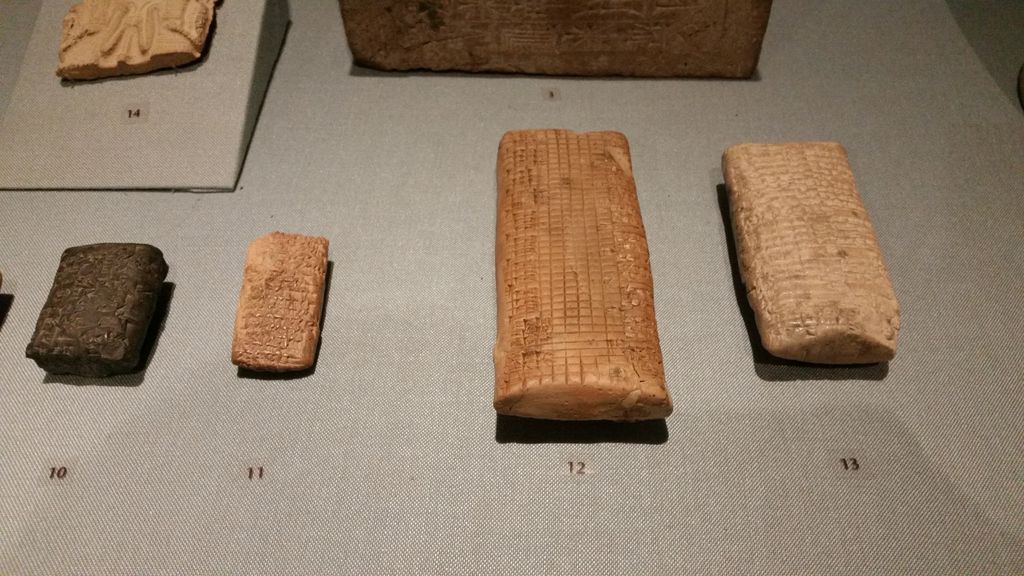
Just for good measure, here is a statue from one of Egypt’s rival culture—- probably Babylonian or Persian.
